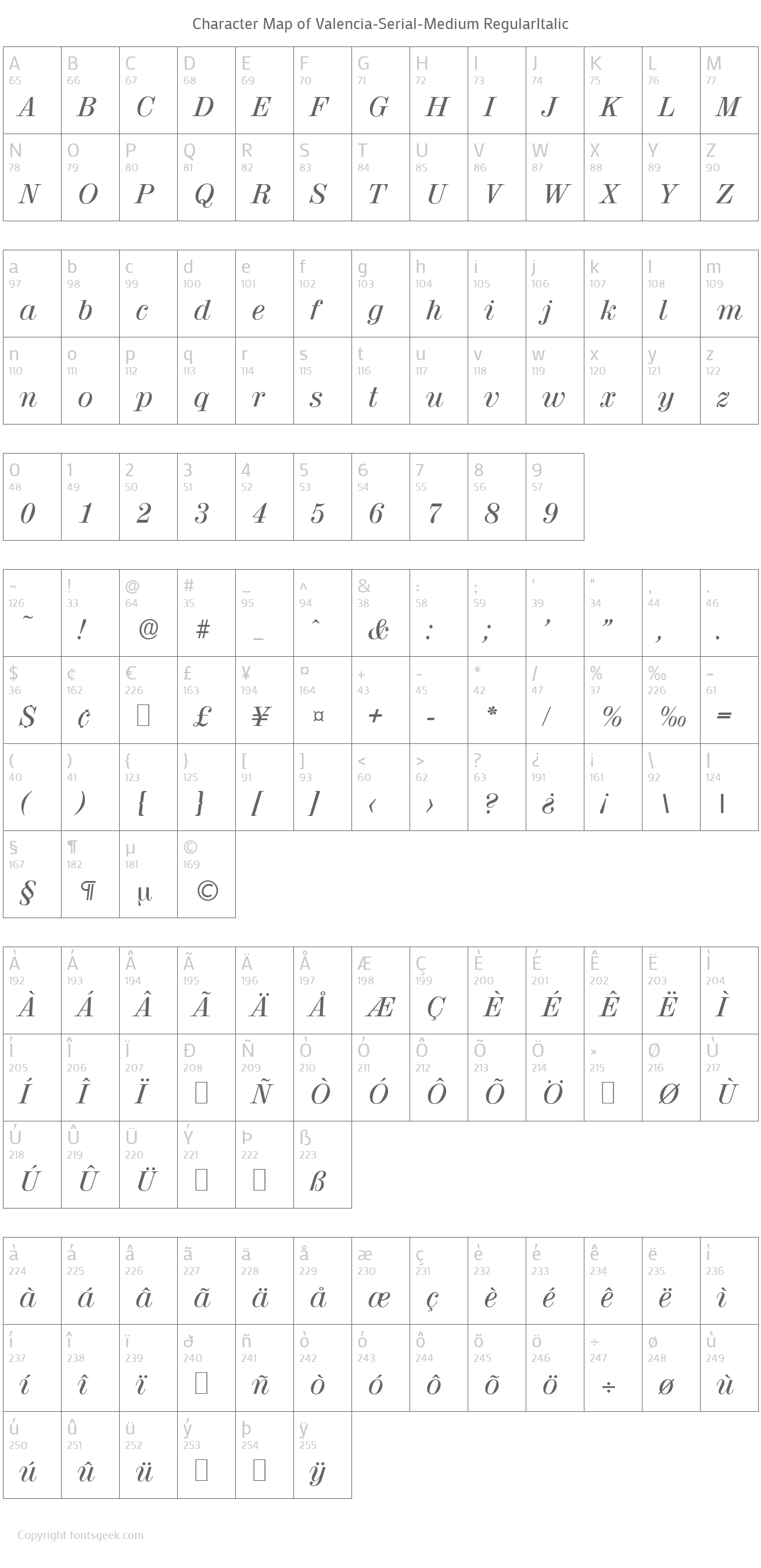

However, the effectiveness of such measures in controlling the epidemic strictly depends on efficiency in isolating positive and symptomatic cases, as well as their contacts. Dedicated works in the scientific literature show that this scenario is avoidable as long as extensive policies of testing and contact tracing are adopted 2, 3. Most countries dealing with the epidemics have resorted to nation-wide lock-downs and social distancing to slow down the outbreak the strategy has been effective in slowing down the epidemic, but lock-downs are temporary measures by nature and simply releasing them without any other parallel containment strategy could very well lead to a new increase of cases. This behavior has important consequence on how we model COVID-19’s epidemiology and plan countermeasures. In fact, it is now known that the course of infection includes an incubation pre-symptomatic period, during which the patients show no sign of disease but are still potentially infectious (likely to a lesser degree), after which some individuals progress to a symptomatic state, while others remain asymptomatic, but still potentially infectious 1. A third factor depends also on the adopted policies for containment and testing, in particular for what concerns the fraction of infectious individuals that never display symptoms (asymptomatic). Other reasons may be due to region-specific variables, such as population density and mean age, societal structure, and behaviors. The main possible explanation is given by the delay between the onset of the epidemic, the first diagnosis, and the kick-off of containment measures. However, the spread of COVID-19 has been quite heterogeneous in speed, reach, and lethality, not only from country to country, but also in different regions of the same country. According to the available data, Italy had among the highest number of contagions and dead toll from COVID-19, with over 200,000 confirmed cases and more that 30,000 deceased as of May 14 th 2020.

The spread of COVID-19 has raised new challenges for healthcare systems all over the world, hitting with particular strength Europe and USA, after China.

As of August 18th 2020 more than 13 million people worldwide have developed COVID-19 and more than 773,000 have died from it. Severe Acute Respiratory Syndrome coronavirus 2 (SARS-CoV-2), is a novel coronavirus strain, discovered in 2019, responsible of a severe respiratory illness named Coronavirus Disease 2019 (COVID-19) that has been declared a public health emergency since January 2020. This work corroborates previous results in favor of app-mediated contact-tracing as mitigation measure for COVID-19, and draws attention on the importance of region-specific demographic and mobility factors to achieve maximum efficacy in containment policies. However, when regional differences in population density are taken into consideration, the epidemic can be significantly harder to contain in higher density areas, highlighting potential limitations of this intervention in specific contexts. Our results show that, in support of efficient isolation of symptomatic cases, app-mediated contact-tracing can successfully mitigate the epidemic even with a relatively small fraction of users, and even suppress altogether with a larger fraction of users. Using demographic and mobility data from Italy and Spain, we used the model to simulate scenarios that vary in baseline contact rates, population densities, and fraction of app users in the population.

We built an expanded S I R model of COVID-19 epidemics that accounts for region-specific population densities, and we used it to test the impact of a contact-tracing app in a number of scenarios. However, there is an ongoing debate on its potential efficacy, especially in light of region-specific demographics. Targeted contact-tracing through mobile phone apps has been proposed as an instrument to help contain the spread of COVID-19 and manage the lifting of nation-wide lock-downs currently in place in USA and Europe.


 0 kommentar(er)
0 kommentar(er)
